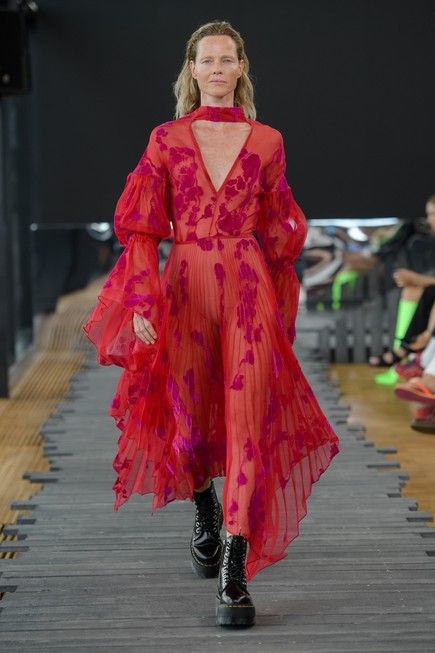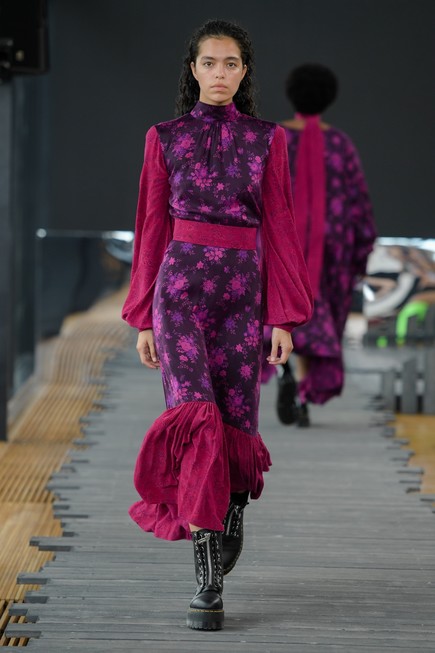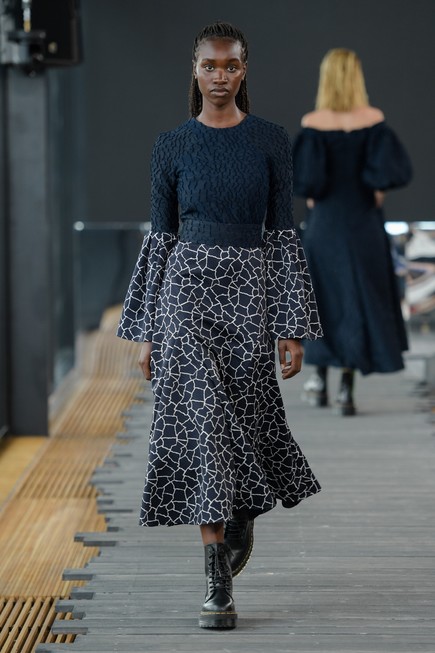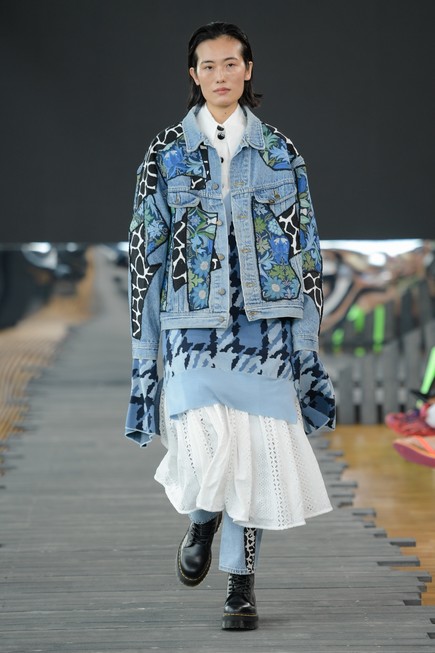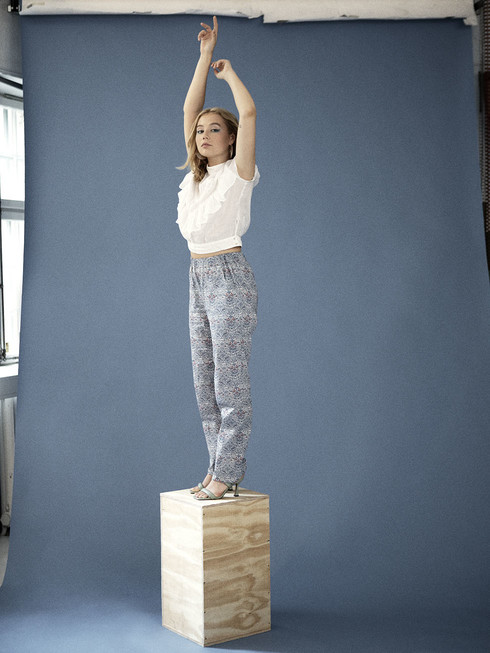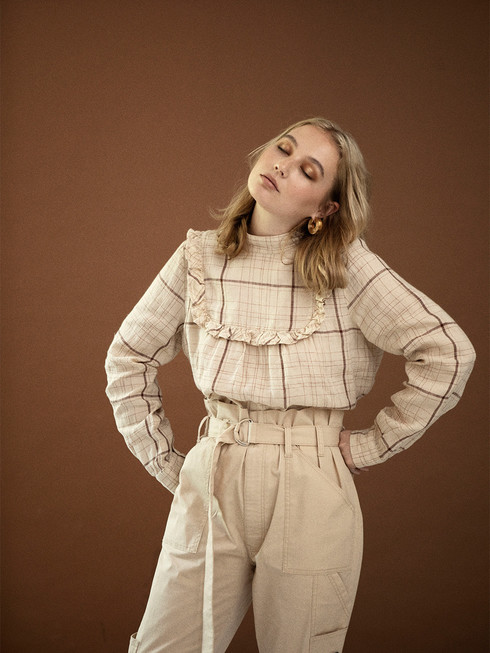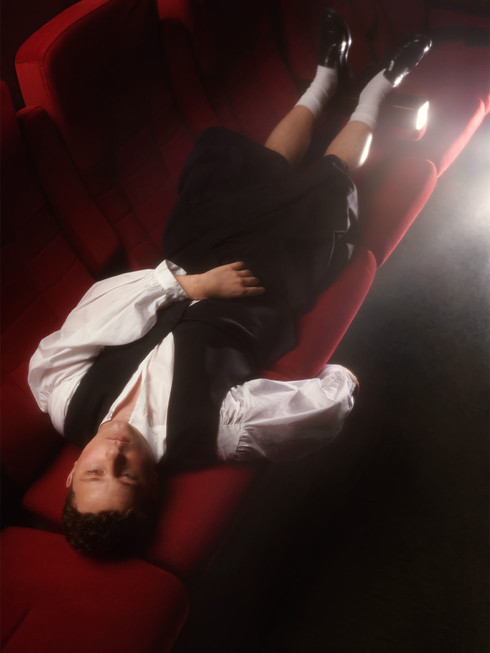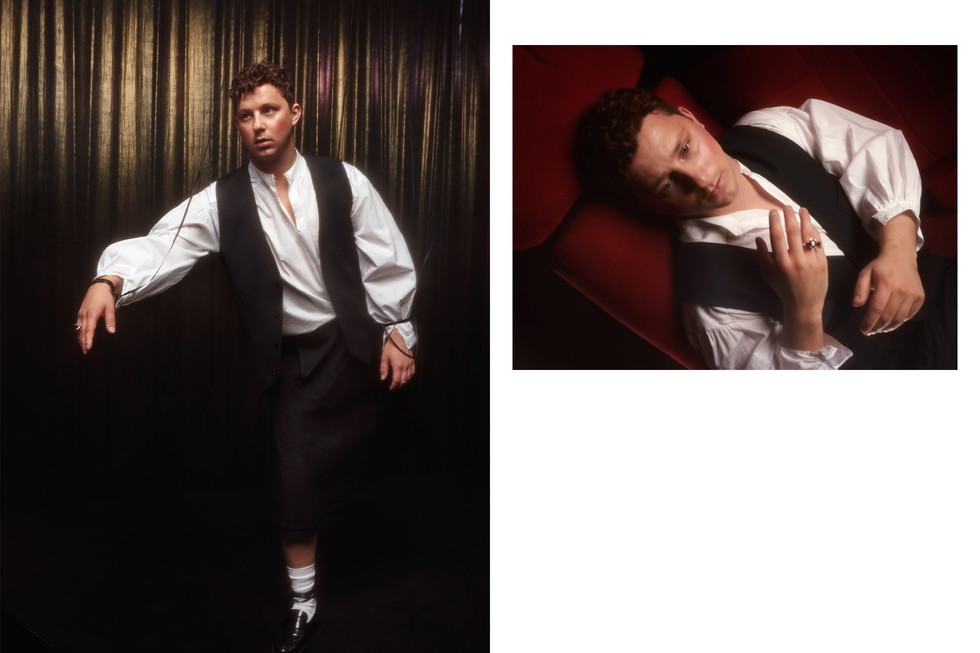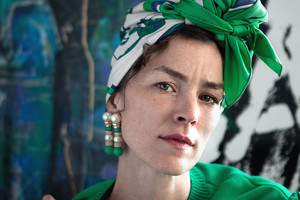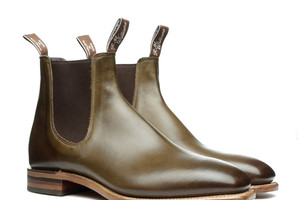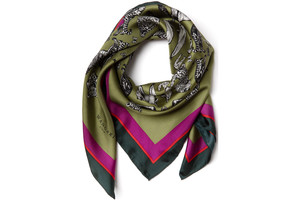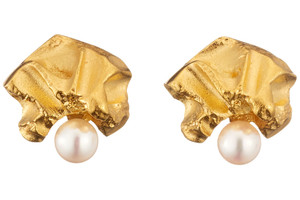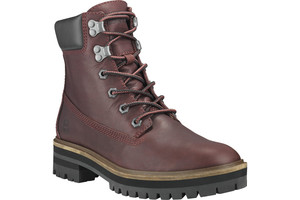Charlie Gustafsson started his acting career at a young age. Discovered as a child playing happily in a park in Enskede, with no clue where life would take him.
After getting his big breakthrough in the hit tv-series ”The Restaurant '' and filming four seasons, Charlie has been moving on to other great things. He is now living his dream of acting even if he thought that dream was unattainable for a while.
After your successful series ”The Restaurant” what is the next step for you?
I have just worked on a Danish film “Smagen af sult” as it is called in Danish, and “A taste of hunger” internationally. Acting in this movie has been a great journey to be a part of and it will finally be in cinemas soon.
I have also played in a role for the Swedish TV series Odd Weeks which you can watch on Discovery +.
After doing “The Restaurant” I find it very pleasing to do roles that are different from Calle, although I loved playing him. I have a lot to give and think exploring different roles helps me to develop in how I act but also in how I see myself as a person.
My next step is to continue doing what I love which means keep working with film, television, and theater.
Have you ever felt that something has drastically affected your life, it can be a person too?
I have always worked with film, but something that has affected my life very much is when I got my role in” The Restaurant”. It was completely different from everything I had done before. We filmed four seasons and I had a character that I had to age with during that time. I learned a lot from it, what it is like to be consumed by a role, but also I learned what I like in my way of being and creating.
When do you think it's the most fun to be an actor?
That's when the director and I have the same taste. When we both understand each other and can work together on how we want a scene to be. Then I feel that acting becomes more than just following a character and reading lines, it gives me a deeper connection to the role and I think that is very fun.
Another thing I love that can be a little bit weird is that I love to do stunts. It makes my soul warm when I am reminded of what it was like when I was little. One of the funniest stunts I have done is when I fought in the series ”The Restaurant” when Kalle ends up in a fight with Nina's husband Erik.
Three things you most want to do when the pandemic subsides?
” It’s easy, a strong number one, two, and three are to go to see Bajen's (Hammarby ed. Note) football game in action.”
As a public figure, do you feel that you have a responsibility that you would not otherwise have taken? Especially in the time we live in now with social media?
I expressed my views and where I stood on major issues more before starting to film ’The Restaurant'.
As I became more famous, I felt the pressure that came with being more recognized. I do not think that it was or is my job to spread my opinions publicly and that is something I still stick to. Since I'm a little allergic to the media itself, I do not like the media asking celebrities about things they have no expertise in. Unfortunately, there are many who listen blindly to things that big influencers or famous people say and sometimes their facts are not true.
What I think politics does not always have to be the truth and therefore I have chosen to take more distance so that I do not have to explain myself with everything I think and stand for but also because I feel that what I work with must be free from politics.
How often or does it even happen that you enter a role in everyday life?
“ I guess we all in some way walk around and play roles for each other all the time. You have so many parts of yourself and in some contexts, I can pick out different versions of my reality. ”
Do you feel that your life has been affected by the fact that you have been a child actor?
I started acting when I was seven years old when I was discovered in a park in Enskede by Maggie Widstrand. Being a child actor when I was young was a very small world so I got many roles but luckily for me none of the things I did as a child became huge like Tzatziki or Emil in Lönneberga (famous Swedish children movies ed. note). What I mean by luckily, is that I think if you as a child become very famous for a role, it is difficult later on to wash it away from the rest of the world's eyes.
So when I then turned seventeen or eighteen and wanted to get more understanding of what I wanted with acting, I did not have to re-brand myself at the same time and had the advantage of having a lot of experience in the field.
Are you an optimistic or pessimistic person according to yourself?
In general, I see myself as an optimistic person and have always been.
But it's hard sometimes to always be that, especially in these times. I have felt quite pessimistic lately but I hope that it will turn around and that the power to be positive will return.
What is your major source of inspiration when you are stuck in a black hole?
When it's so dark, it's incredibly difficult to find inspiration, but I get inspired by a lot like my loved ones and by Bajen when they are good, when they are bad, I’m not a damn inspired. Film, theater, and art I also find my great inspirations in, for example, films Terrence Malick’s has directed which are poetic, The Tree of Life are one of them.
I am very broad in everything that has to do with creation and I can think that different things can come as inspiration in different moments of my life.
Have you ever had a dream other than becoming an actor?
I have probably always felt that deep connection with acting and in my heart, I always knew that acting is the path I wanted to take, but when I started high school, it turned around for a short while. I applied to a social science program with a focus on media because I saw acting as something else than a full time job, it was something I loved to do on the side but I did not want it as a career. I also did not come from that world of creators and I may not have had the tools that I needed to enter the acting industry. Also, I barely knew that there were high schools like Södra Latin or Viktor Rydberg that had a theater program.
Then my dream came back when I got a small role in a very nice film called Glowing Stars. Lisa Siwe, who directed the film, took me seriously and I had to work more nuanced which made me think about the question, what could I do to continue in that industry professionally.
You are a lot in the kitchen in “The Restaurant”, can you cook and if so, what is your signature dish?
Before I started to play my role Kalle the chef in tv series The Restaurant, I could hardly cook at all, I had to learn a lot there and realized that it is quite fun to be in a kitchen. Kalle's signature dish is the raw rakes and I have to say that I do them very well in real life. My friend Adrian taught me one of my favorite pasta, salsiccia pasta.

